A Pro Cleaner Spills: Why Baking Soda Might Be Ruining Your Home
After decades in the professional cleaning and restoration game, I’ve seen it all. And honestly, some of the most heartbreaking damage I’m called in to fix comes from a simple, well-meaning source: that humble box of baking soda. It’s got this reputation as a gentle, all-purpose cleaner, and in some cases, that’s true! I even use it for a few specific tasks. But that reputation is exactly where the danger lies. People think it’s completely harmless, so they use it on absolutely everything.
In this article
- The Baking Soda Danger Zone: A Quick Heads-Up
- Okay, So When is Baking Soda Actually a Good Idea?
- The Science: Why It Cleans and Why It Wrecks Things
- Marble, Quartz, and Other Stone Countertops
- Wooden Furniture and Floors
- Glass, Mirrors, and Ceramic Cooktops
- Aluminum Pots and Pans
- Gold-Plated Items and Antique Silver
- Final Thoughts: Know Your Tool, Respect Your Surface
- Inspiration:
Let’s be real: baking soda is not a universal solution. It’s a specialized tool. Using it the wrong way can cause permanent, costly damage. I’ve seen homeowners accidentally scratch up brand-new glass cooktops and take the polished finish right off their expensive marble counters, all because they were following a “natural cleaning hack” they found online.
My goal here isn’t to scare you, but to give you a peek inside a professional’s playbook. Understanding what you’re cleaning—and what you’re cleaning it with—is the single most important skill you can learn to protect your home.
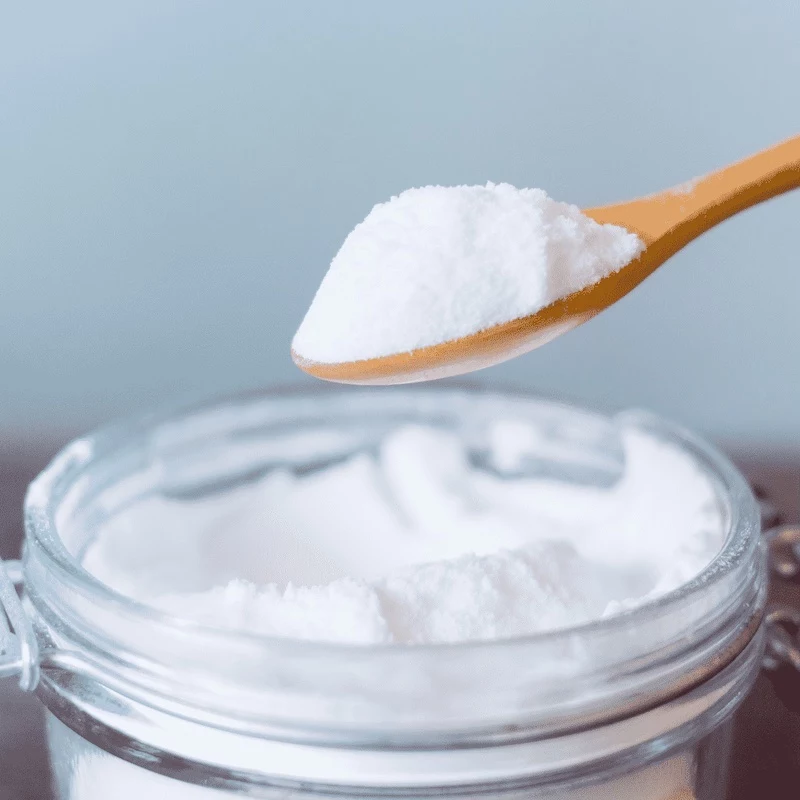
The Baking Soda Danger Zone: A Quick Heads-Up
If you’re in a hurry, here’s the bottom line. Think twice before using baking soda on these surfaces:
- Polished Natural Stone (like Marble or Granite)
- Finished Wood Furniture and Floors
- Glass, Mirrors, and Ceramic Cooktops
- Aluminum Cookware
- Anything Gold-Plated or Antique Silver
Now, let’s get into the why, and more importantly, what the pros use instead.
Okay, So When is Baking Soda Actually a Good Idea?
Before we dive into the warnings, let’s give baking soda its due. It really does shine in a few key areas, mainly for its ability to absorb odors and act as a gentle helper.
It’s fantastic for:
- Deodorizing: An open box in the fridge or freezer is a classic for a reason—it neutralizes acidic odors. You can also sprinkle it on carpets before vacuuming (let it sit for 15-30 minutes) or toss half a cup into a smelly garbage disposal.
- Boosting Laundry: Adding about a half-cup to your laundry load can help soften water and boost your detergent’s effectiveness, leading to brighter clothes.
- Light Scouring for Tough Surfaces: It’s generally safe for scrubbing out a porcelain sink or a stainless steel basin. A quick tip for stainless: always scrub gently in the direction of the metal’s grain to avoid creating tiny cross-scratches.
But that’s pretty much where the “safe list” ends. For most other things, you’re taking a gamble.
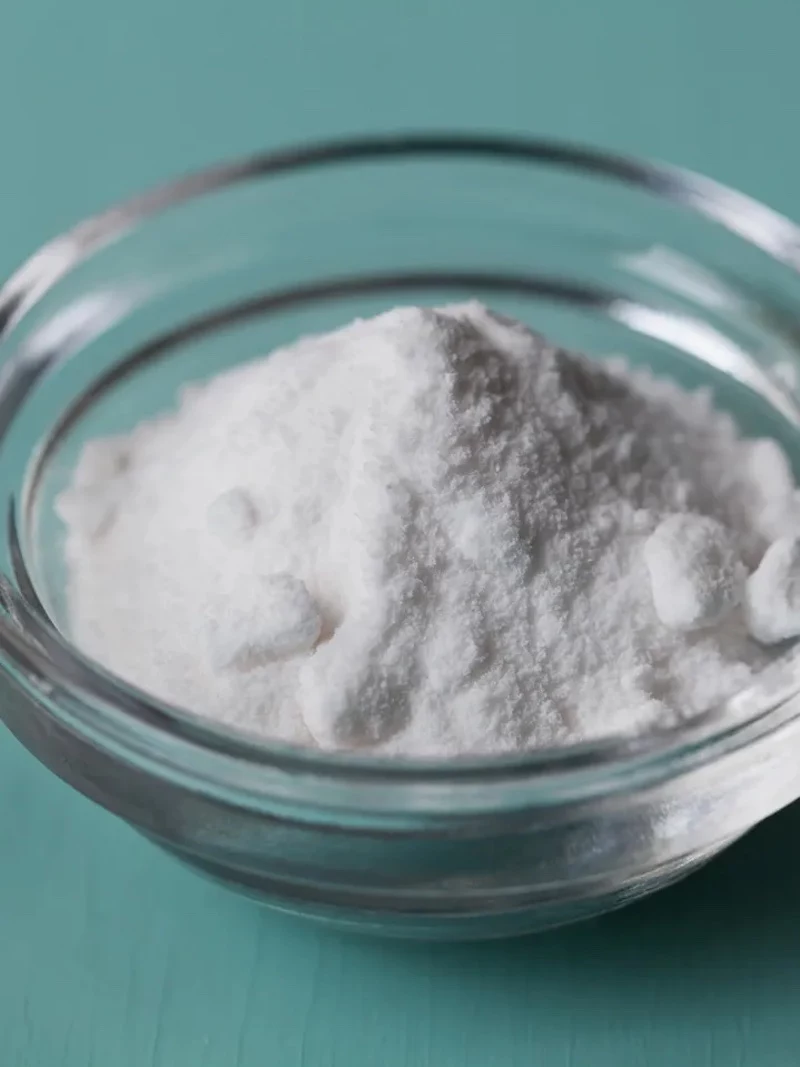
The Science: Why It Cleans and Why It Wrecks Things
To understand the risk, you need to know that baking soda has two distinct properties. First, it’s a mild alkali. This is the part that helps it dissolve a bit of grease and neutralize those stinky smells. That property is usually harmless.
The second property is the one that causes all the trouble: its physical structure. On a microscopic level, baking soda is a crystal. Those fine powder particles have sharp, jagged edges. In the cleaning world, we classify it as a mild abrasive. Think of it as a very, very fine sandpaper. When you scrub with it, you are literally sanding the surface.
A Quick Word on Hardness
You can figure out what an abrasive will scratch by looking at a material’s hardness. Baking soda sits at about 2.5 on the Mohs hardness scale. For reference, your fingernail is also about a 2.5, while glass is a 5.5 and quartz is a 7. This means baking soda is soft, but it’s still hard enough to scratch other soft materials and, as we’ll see, it can do a lot of damage in other ways, too.
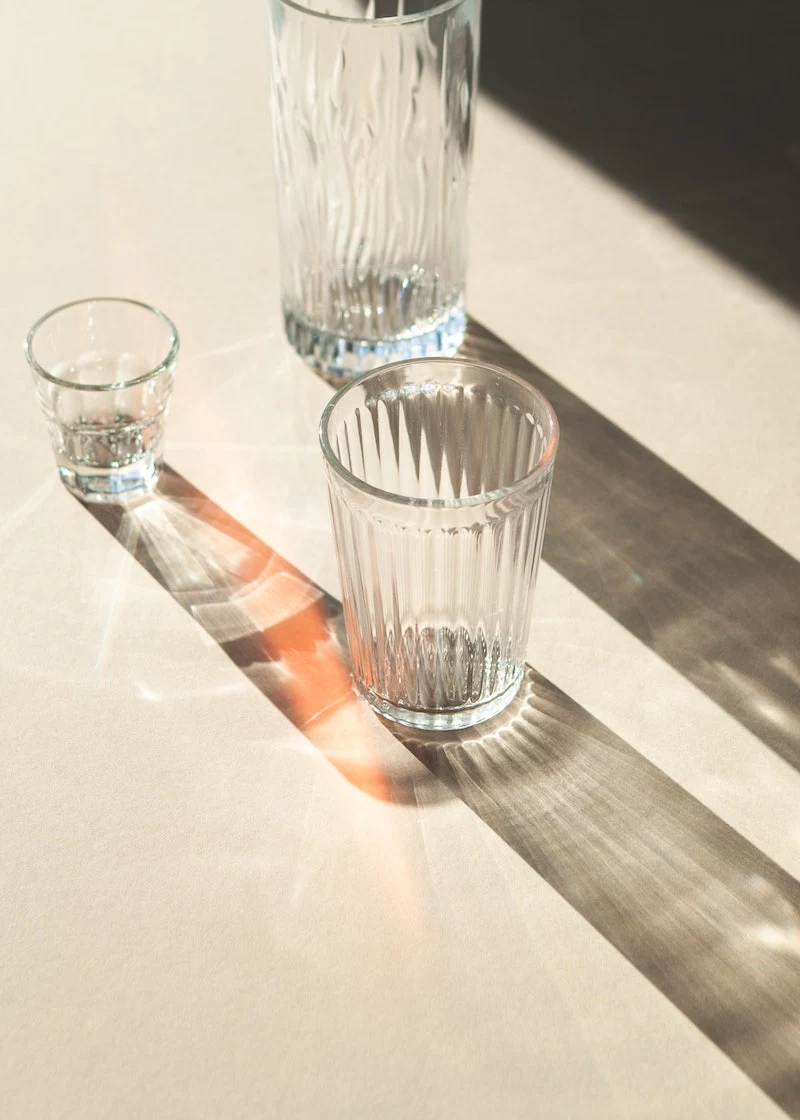
Marble, Quartz, and Other Stone Countertops
I once got a frantic call from a client who had just spent a fortune on a gorgeous, polished Carrara marble island. A guest had spilled red wine, and the client, remembering an online tip, made a baking soda paste to scrub it out. Sure, the wine was gone, but they were left with a dull, hazy patch that stood out like a sore thumb. They had scrubbed the polished finish right off their brand-new counter.
The problem is twofold. First, most polished stones are protected by a sealant, which is a relatively soft layer. The abrasive baking soda easily wears this down, exposing the porous stone to future stains. With softer stones like marble, it’s even worse—the baking soda can physically scratch and etch the stone itself, which is what creates that dull spot.
And while quartz is much harder, it still relies on its polished finish. Scrubbing it repeatedly with any abrasive will eventually create micro-scratches that dull its beautiful sheen.
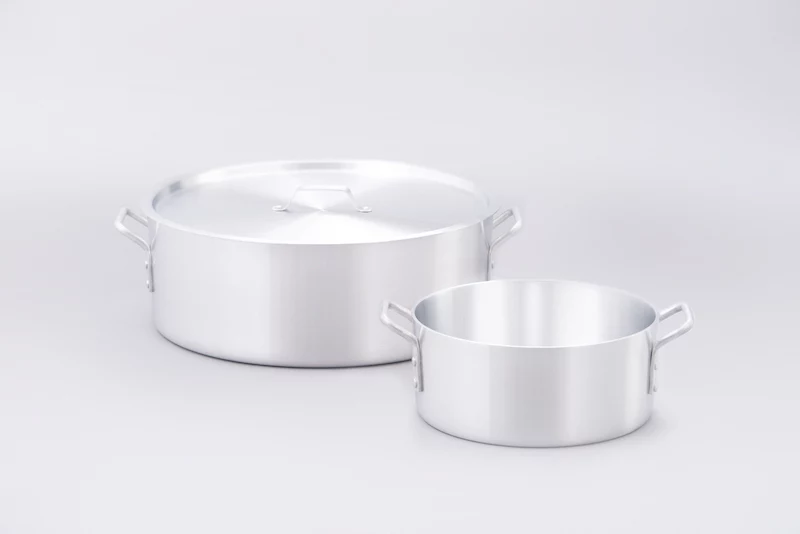
The Pro’s Approach to Stone Care
For daily cleaning of stone, you absolutely need a pH-neutral cleaner. Both acids (like vinegar) and alkalis (like baking soda) will damage the sealant. You can find dedicated stone cleaners from brands like Weiman or Granite Gold at most hardware stores or online, usually for about $10-$15.
Pro Tip: The Two-Bucket Countertop Wash. This is a simple trick we use to prevent dragging grit across a delicate surface. It’s a game-changer. 1. Get two small buckets. Fill one with your diluted stone cleaner and the other with plain, clean rinse water. 2. Dip your microfiber cloth in the cleaning solution and wipe a section of the counter. 3. Here’s the key: Before dipping your cloth back into the soap, rinse it thoroughly in the clean water bucket. This stops you from contaminating your cleaning solution and grinding debris into the countertop.
If you’ve already made the mistake and have a dull spot, please don’t try to fix it yourself. You’ll likely make it worse. This is when you call a professional stone restoration specialist. Be prepared, though—a small spot repair can easily cost $200 to $500, which is why prevention is everything.
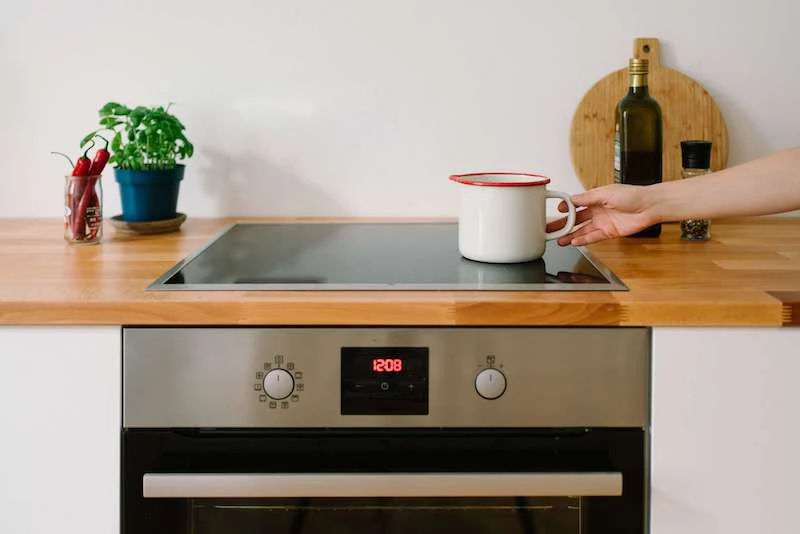
Wooden Furniture and Floors
Wood seems tough, but its finish is surprisingly delicate. That clear coat on your floors or the lacquer on your dining table is there to protect the wood from water and scratches. When you scrub wood with a baking soda paste, you are literally sanding away that protective finish.
At first, it just looks a little dull. Over time, you wear right through it, exposing the raw wood. Once that happens, every drop of water can leave a dark stain and dirt gets ground right into the grain. It’s a slow-motion disaster.
The Right Way to Clean Wood
For modern floors with a polyurethane finish, just use a dry microfiber mop for daily dust. For a deeper clean, a lightly misted pH-neutral wood floor cleaner (Bona is a popular and reliable choice) on a microfiber pad is perfect. Never, ever pour liquid directly onto a wood floor.
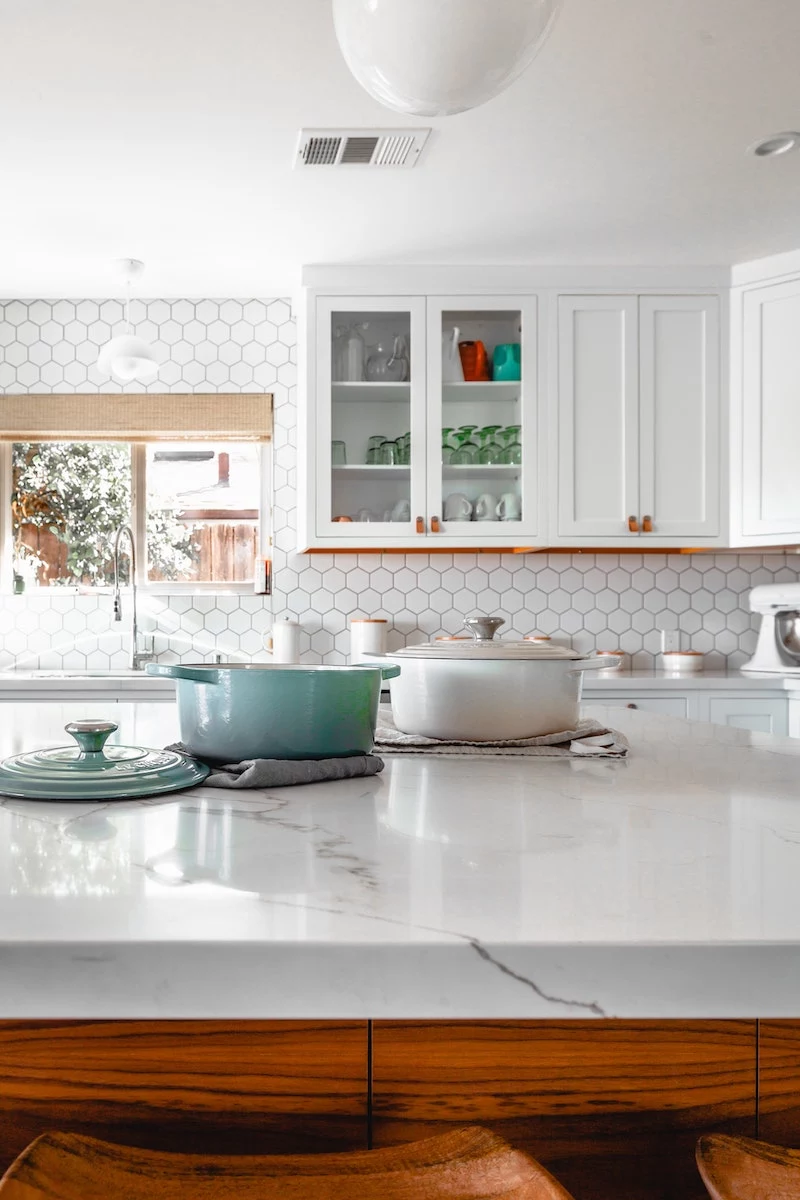
For furniture, a soft, damp cloth is almost always enough. For sticky messes, use a cloth dampened with water and a single drop of mild dish soap, then wipe it dry immediately.
Glass, Mirrors, and Ceramic Cooktops
This is where it gets tricky, because technically, baking soda shouldn’t scratch glass. Yet, I’ve seen countless glass cooktops covered in fine, swirling scratches from it. So what gives?
Here’s the secret: your surface is never perfectly clean. It has tiny particles of dust and grit on it, much of which is silica (aka quartz), which is much harder than glass. When you make a baking soda paste and start scrubbing, you’re trapping these hard particles and grinding them into the glass. The baking soda becomes a carrier for the real culprits. On a black ceramic cooktop, this is a disaster, creating a permanent hazy mess.
The Pro Method for Glass and Cooktops
For windows and mirrors, we use a super simple solution: about a gallon of water with literally two or three drops of classic blue Dawn dish soap to act as a lubricant. We apply it with a washer and remove it with a high-quality squeegee for a perfect, streak-free finish. No scrubbing needed.
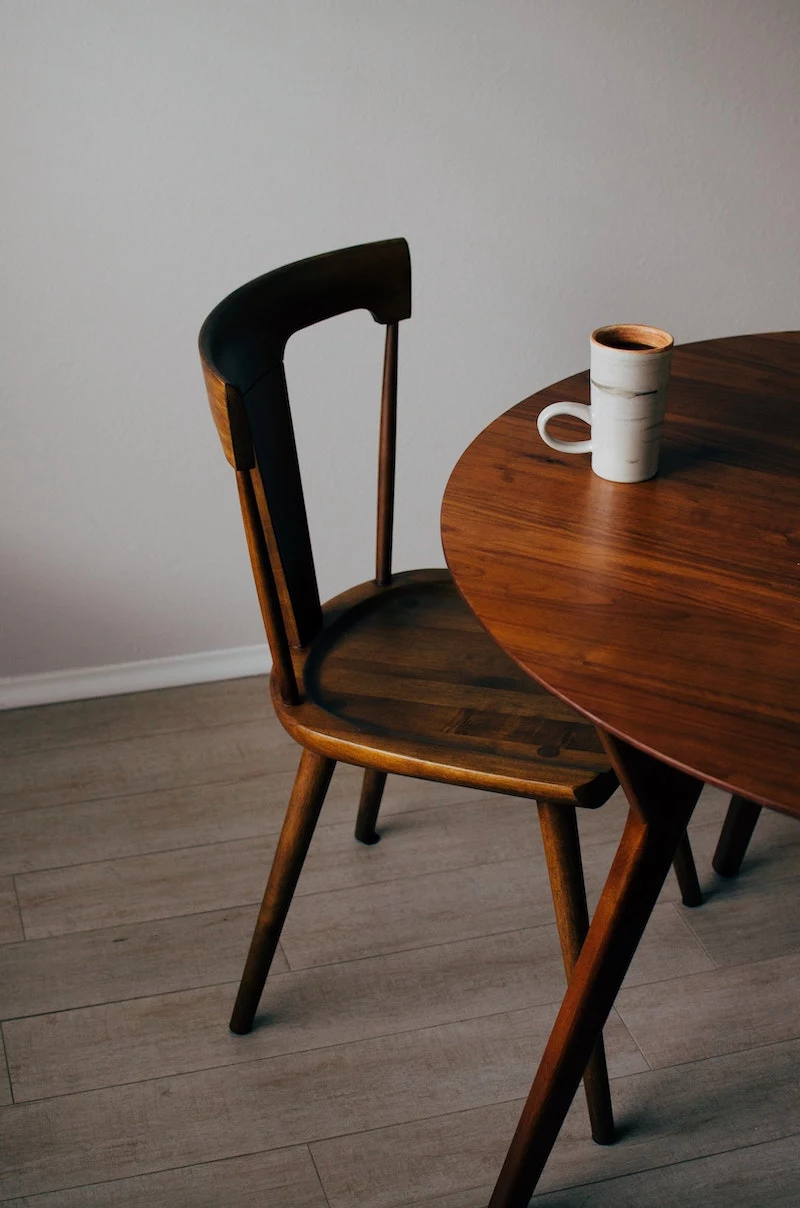
For ceramic cooktops, stick to a dedicated cream cleaner like Weiman Cook Top Cleaner and a non-scratch pad (the blue Scotch-Brite ones are great). For those really stubborn, burnt-on spots, the pro tool is a single-edge razor blade in a holder, held at a very low angle to gently pop off the carbon. But to be frank, this is a technique that can easily go wrong. If you’re not 100% confident, just stick with the cleaning cream and a little patience.
Aluminum Pots and Pans
Here, the problem isn’t physical, it’s chemical. Baking soda is alkaline, and when you leave it on reactive aluminum, it can break down the protective oxide layer. This causes the metal to react with air and tarnish, turning it a dull, blotchy dark gray. It’s not a stain you can scrub off; it’s a chemical change to the metal itself.
For cleaning aluminum, simple soap and water is best. For tough stains or discoloration, use an acid-based cleaner. Bar Keepers Friend is what we use. A quick tip: grab the pre-mixed soft cleanser or spray version. The powder can be too gritty if you don’t add enough water, and the soft cleanser is much more foolproof.
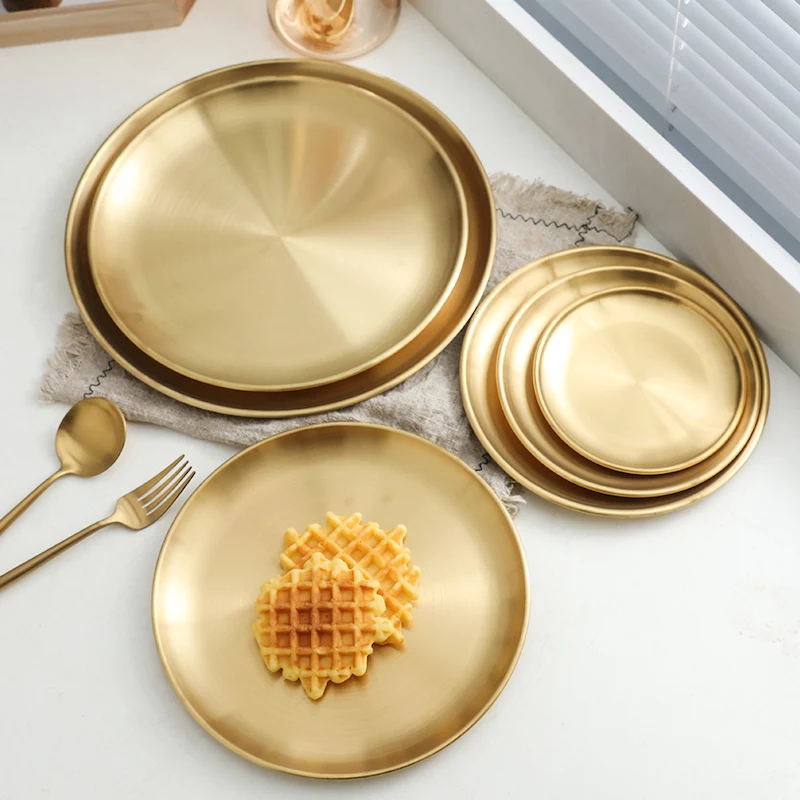
Gold-Plated Items and Antique Silver
Please, step away from the baking soda. Gold is incredibly soft, and the plating on most items is microscopically thin. The abrasive nature of baking soda will scratch and strip that plating right off, ruining the piece.
For antique silver, the problem is different. A common DIY trick is to use baking soda and aluminum foil to remove tarnish. The reaction works, but it’s too aggressive. It strips away both the ugly tarnish and the beautiful, desirable patina—the dark areas in the crevices of the design that give a piece its character and value. It leaves the piece looking flat and weirdly new, which tanks its antique value.
Instead, use a high-quality silver polish cream and a soft cloth. Rub gently in straight, back-and-forth motions, not circles. This lifts tarnish from the high spots while preserving the patina that took decades to develop.
Final Thoughts: Know Your Tool, Respect Your Surface
Look, baking soda has its place. It’s a great deodorizer and a decent laundry booster. But it’s not a magic eraser. The biggest lesson from my career is that success comes from knowing the material in front of you and choosing the gentlest tool for the job. Before you reach for that box, take a second. A little bit of knowledge can save you a whole lot of money and regret.
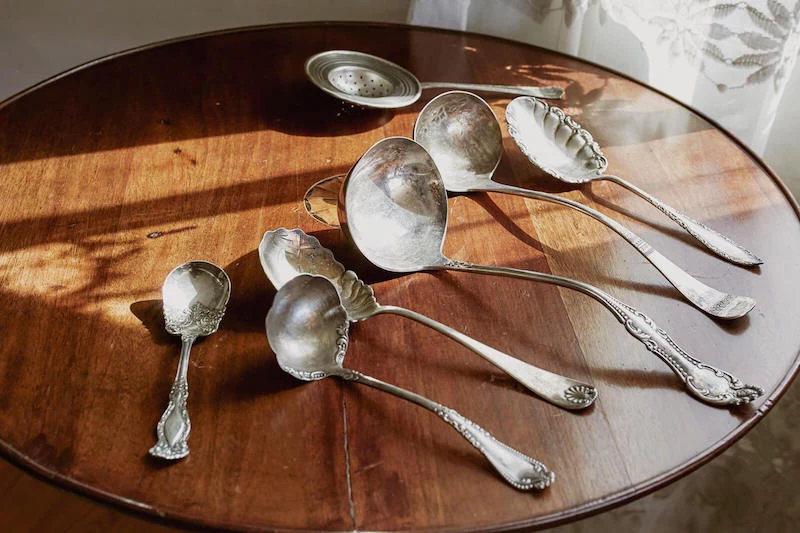
Inspiration:
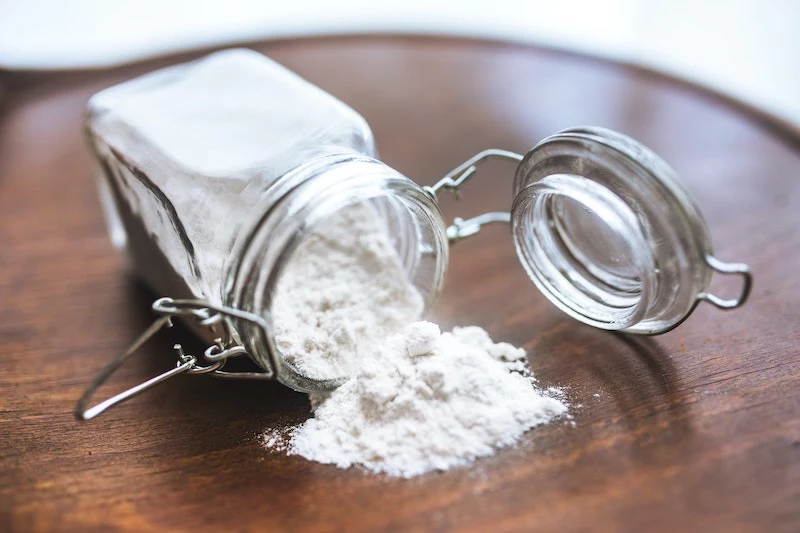
Fact: Most ceramic and glass cooktops have a Mohs hardness rating between 5 and 7. Baking soda’s is around 2.5, making it technically softer. So why does it scratch?
The danger isn’t the hardness, but the shape. Baking soda crystals are jagged. When you apply pressure and scrub, those sharp edges drag across the surface, creating thousands of tiny scratches. A dedicated cooktop cleaner, like those from Cerama Bryte or Weiman, uses smooth, round, non-abrasive particles suspended in a chemical solution that dissolves grime without a high-friction scouring action. It’s a classic case of using the right tool for the job.










